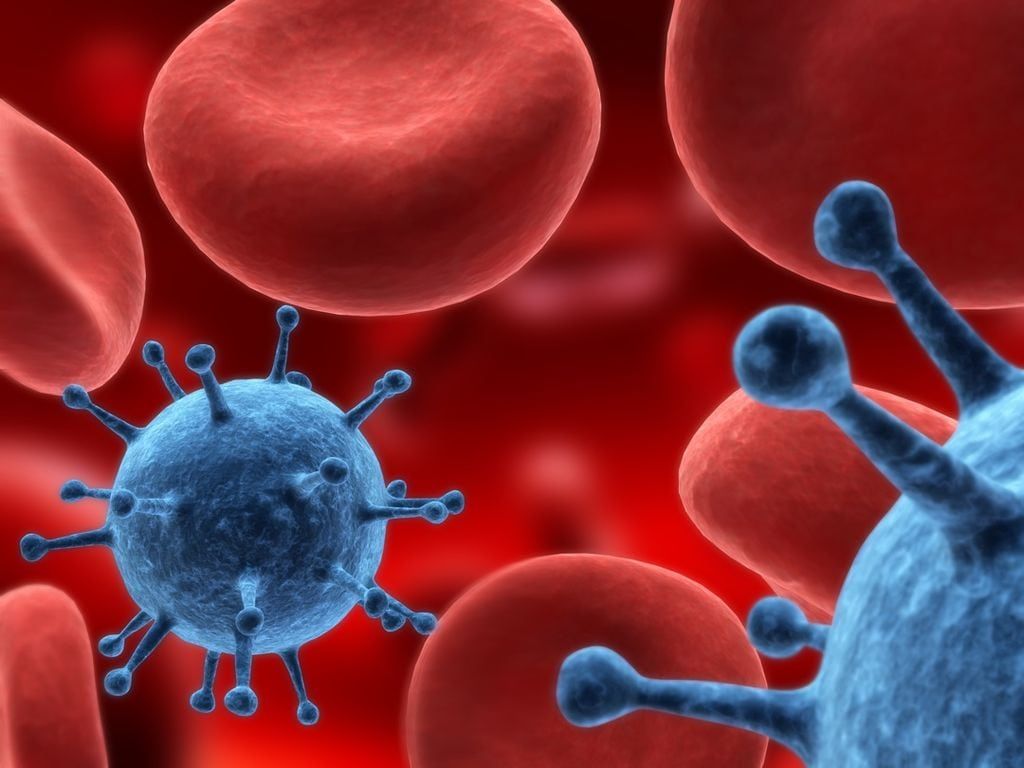A new lung cancer drug has been ‘brewed’ by British scientists – out of tea.
In experiments the cocktail of leaf extract destroyed four fifths of tumours.
The results were described by the team as “exciting” – and human trials could begin within two years.
Tea is rich in plant chemicals called polyphenols known to combat degenerative diseases including cancer.
It also has an abundance of amino acids, vitamins and antioxidants that also protect against serious illnesses.
So the researchers mixed nanoparticles of tea with cadmium sulphate (CdSO4) and sodium sulphide (Na2S).
After allowing the solution to incubate they watched as it wiped out eight-in-ten lung cancer cells grown in the lab.
Lung cancer is the deadliest form of the disease claiming 1.6 million lives a year. This includes 35,000 in the UK and around 150,000 in the US.
The breakthrough was made by chance while the Swansea University team was testing out a new method of producing a type of nanoparticle called quantum dots.
The compounds are so they are 4,000 times thinner than a human hair – and are playing an increasing role in valuable in healthcare.
This is because they mimic a reaction of the human immune system – raising the possibility they could boost or even replace antibiotics.
They have only recently attracted researchers’ attention. Already they are showing promise for use in computers and solar cells to tumour imaging and treating cancer.
Study leader Dr Sudhagar Pitchaimuthu said: “Our research confirmed previous evidence that tea leaf extract can be a non-toxic alternative to making quantum dots using chemicals.
“The real surprise, however, was the dots actively blocked the growth of the lung cancer cells. We hadn’t been expecting this.”
Following the process that caused them to form Dr Pitchaimuthu and colleagues then analysed their activity under the microscope.
When applied to lung cancer cells the tea leaf extract variety was exceptionally effective compared to conventional ‘dots’ containing only cadmium sulphate.
Dr Pitchaimuthu said they penetrated into the nano-pores of the cancer cells and destroyed up to 80 percent of them.
This was a brand new finding – and came as a surprise, he said.
Dr Pitchaimuthu said: “Quantum dots are therefore a very promising avenue to explore for developing new cancer treatments.”
They measure less than 10 nanometres. A human hair is 40,000 nanometres thick.
Quantum dots can be made chemically.
But this is complicated and expensive and has toxic side effects.
So Dr Pitchaimuthu – working with colleagues in India – were exploring a non-toxic plant-based alternative.
They picked tea leaf extract because of its wide-ranging health benefits.
The beverage has been linked with reducing the risk of heart attack, stroke and cancer as well as a host of other life-threatening diseases.
Dr Pitchaimuthu said the findings published in the journal Applied Nano Materials also showed tea leaves are a simpler, cheaper and less toxic method of production.
He said: “The main reason we started looking at tea leaves is that chemically synthesised quantum dots cost between £250 and £500 per microgram, whereas organically-derived ones can be manufactured for £10 per microgram, and at the same time they don’t poison healthy cells surrounding the cancer.
“They had exceptional fluorescence emission for cancer cell bio-imaging, but the cherry on the cake was finding the cells were dying off and weren’t able to replicate themselves.”

Further research discovered that the quantum dots were small enough to penetrate into the “nanopores” of the cancer cell walls.
This triggered cancer cell death by a process called apoptosis – obliterating the DNA information they require to reproduce themselves.
Dr Pitchaimuthu said: “Until now we’ve only killed cells in a Petri dish by directly introducing the dots.
“We now need to identify an enzyme which can deliver them to cancers in living creatures, without affecting surrounding healthy tissues.
“We hope to start live laboratory trials shortly, with human clinical trials following in around two years if all goes well, so perhaps in a decade we could have a widely-available treatment.”
He said the tea leaf extract also has other possible applications – for example in anti-microbial paint used in operating theatres or in sun creams.
Dr Pitchaimuthu said: “Building on this exciting discovery the next step is to scale up our operation – hopefully with the help of other collaborators.
“We want to investigate the role of tea leaf extract in cancer cell imaging and the interface between quantum dots and the cancer cell.
“We would like to set up a ‘quantum dot factory’ which will allow us to explore more fully the ways in which they can be used.”
By Ben Gelblum and Mark Waghorn
